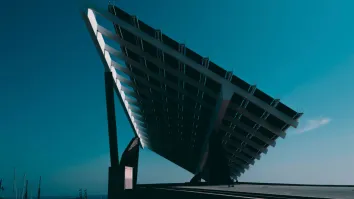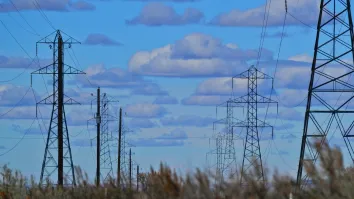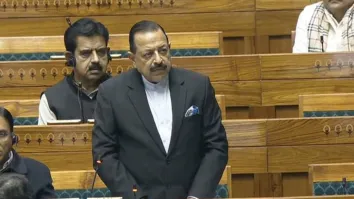Indonesia to finally see more successful geothermal projects
By Edward McCartinInterest in the Asian power game has shifted to Southeast Asia for thermal and renewable power. These nations are mostly emerging markets with a mix of fuel options and underserved markets.
With 250 million citizens, a growing economy and natural resources in abundance, Indonesia presents untold opportunity, but the power sector has trailed the needs of the economy.
There are an estimated 28,000 megawatts of power potential in Indonesia, but the quantum that has been developed is a fraction of that. Why is Indonesia’s geothermal power growth so slow? The resource is domestic, it runs 95% of the time and it has no external fuel costs?
Basically, geothermal is different to develop than thermal power. The skill required to find fuel is not typically in the toolkit of the traditional power companies, requiring drilling and an appetite/appreciation for the risks of drilling, and funding that can bear the significant costs of that work.
Work must be done on equity until fuel is proven to convince lenders to make loans. And development follows a series of phases to assure that expensive activities (drilling) are not undertaken unless likely success is demonstrated, and so a project may take many years to develop, which requires certainty of regulation, an attractive tariff for the successful developer and the capital to make it happen.
Indonesia has lacked a consistent regulatory regime to attract investors. The geothermal structure in the 1990s attracted investment; developers served as contractors to the state oil company to develop steam to generate power sold to PT PLN, the state power utility.
Several projects closed financing and began construction (and some operation), but development was cut short by the 1998 Financial Crisis.
Thereafter, the government sought to vest regulatory control for the steam-fields in local governments. These attempts were unsuccessful in attracting investment as the only legal purchaser was PLN, which was unwilling to pay prices higher than for coal-fired power, despite strong government support for geothermal.
The Energy Ministry has since provided guidance to give geothermal developers confidence that PLN would purchase their power at tendered prices.
PLN has executed three PPAs, with more in negotiation. One project has drilled its first well, with more in process. Things seem to be moving as projects develop drilling plans and undertake the significant drilling and civil works that are needed for these projects.
Multilateral lenders have indicated that they support geothermal development, some being willing to make early stage capital available to developers, and banks are showing interest in providing financing.
Recently, the Energy Ministry adopted a feed-in tariff (FIT) from 10-17 US Cents/kWh depending on where the development is to take place, with the lowest tariff for Sumatra and the largest in Papua and Maluku.
Regulatory pronouncements have decreed for new tenders the FIT will set the price and bids will be evaluated only on technical and financial factors.
Views on the FIT have been mixed with some wondering if removing the objective test for the tender (power price) in favor of more subjective tests is prudent. Others question whether the FIT will benefit from the escalation provisions that PLN had been discussing with developers as under a 30 year PPA inflation can easily erode the economic viability of a project.
There are questions, but there is also momentum to move geothermal projects off the drawing board and into the reality so as to provide affordable base-load power from indigenous resources with limited fuel price volatility. There is no substitute for success, and as these early projects achieve drilling success and commercial operation we should new players and financing coming to the market.




















 Advertise
Advertise






